Europe was once home to many different species of wild cats. Today, only three European wild cats are native to the area: the European wildcat, the Eurasian lynx, and the Iberian lynx.
About Europe
Europe is a continent bordered by the Arctic Ocean, Atlantic Ocean, and Mediterranean Sea. It covers almost 4 million miles—2% of the surface of Earth. Approximately 11% of the world’s population lives in Europe.
Europe’s geography ranges from beaches to mountains and everything in between. The climate is relatively temperate, with distinct seasonal changes.
Here are all of the countries that are part of Europe:
Albania, Andorra, Armenia, Austria, Azerbaijan, Belarus, Belgium, Bosnia and Herzegovina, Bulgaria, Croatia, Cyprus, Czech Republic, Denmark, Estonia, Finland, France, Georgia, Germany, Greece, Hungary, Iceland, Ireland, Italy, Kazakhstan, Kosovo, Latvia, Liechtenstein, Lithuania, Luxembourg, Macedonia (FYROM), Malta, Moldova, Monaco, Montenegro, Netherlands, Norway, Poland, Portugal, Romania, Russia, San Marino, Serbia, Slovakia, Slovenia, Spain, Sweden, Switzerland, Turkey, Ukraine, United Kingdom (UK) and Vatican City.
List of European Wild Cats

European wildcats (Felis silvestris silvestris) have a history dating back hundreds of thousands of years. They are an ancestor of the domestic (household) cat, which can be found throughout Europe. They came from a group of wildcats that became separated by the English Channel more than 9,000 years ago.
More about the European Wildcat:
- It is a subspecies of wildcat found across Europe, Scotland, Turkey, and the Caucasus, particularly in forested areas.
- It is larger than a domestic cat and has grey and brown fur.
- They lead solitary lives and usually hunt at night
- Its prey includes voles, mice, rats, and hamsters.
- Scottish wildcats are descendants of European wildcats.
- Countries with large populations of European wild cats include Spain, Portugal, Germany, France, and Romania
- Breeding with domestic and feral cats is a major conservation issue for the European wildcat
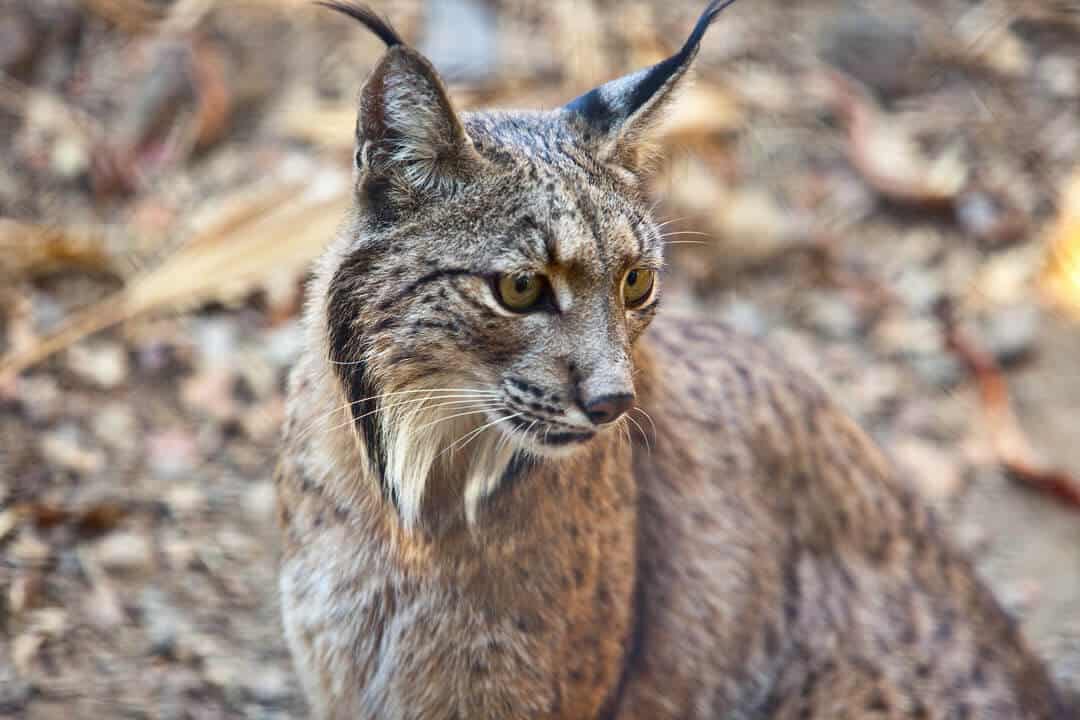
Iberian Lynx
Conservation Status: Endangered
Scientific Name: Lynx pardnus
The Iberian lynx is a endangered wild cat that can be found on the Iberian Peninsula, a land mass in the southwest corner of Europe that divides Spain and Portugal. It was on the verge of extinction in 2002 with only 94 cats in the wild. As of May 2023, the population had increased to 1668.
More about the Iberian lynx:
- The Iberian lynx fur is light to yellowish brown with spots that decrease in size as they go down the back.
- The cat’s fur can vary slightly in color from season to season.
- It has a small head with tufted ears.
- It relies on rabbits for most of its diet.
- Only found in the Iberian Peninsula, primarily in Spain’s Doñana and Sierra Morena regions.
- Known for its exceptional climbing ability
- It communicates with a range of sounds, including low growls and high-pitched mews, especially during mating season.
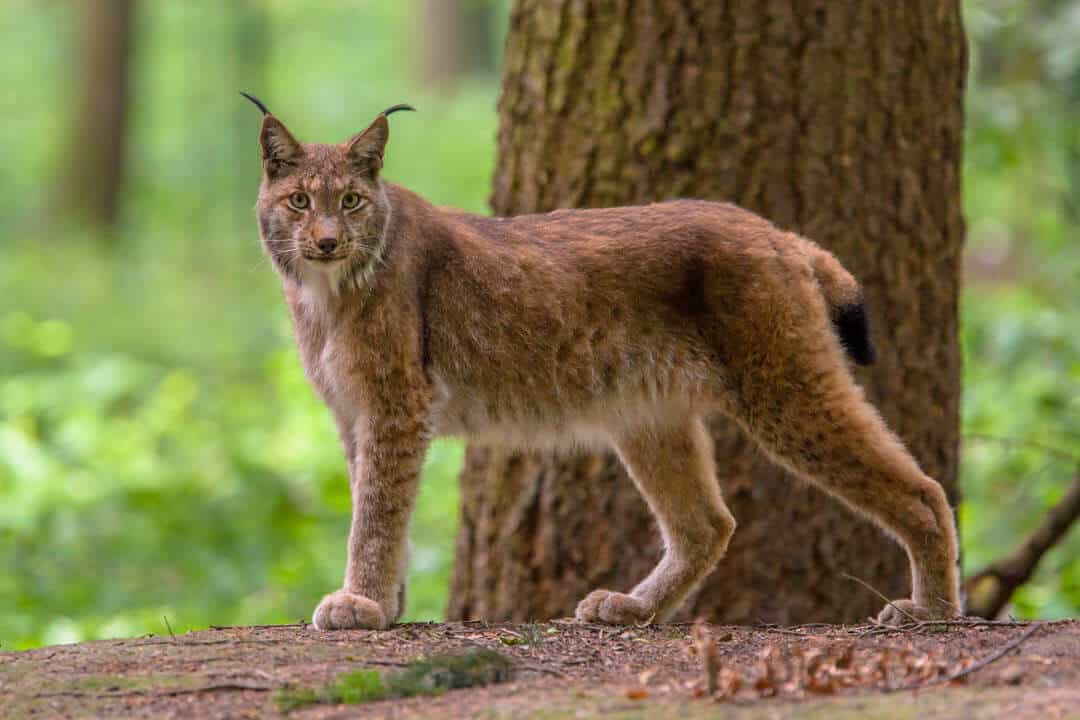
Eurasian Lynx
Conservation Status: Least Concern
Scientific Name: Lynx lynx
The Eurasian lynx is one of four lynx wild cat species (and the largest) that can be found in various parts of Europe, Central Asia, Siberia, the Himalayas, and the Tibetan Plateau, usually in forested areas.
Proposed Eurasian lynx subspecies:
- L. l. lynx (Northern lynx)
- L. I. Turkestan
- L. l Caucasian lynx
- L. l Siberian lynx
- L. l. balcanicus (Balkan lynx)
- L. l carpathicus (Carpathian lynx)
More about the Eurasian lynx:
- The Eurasian lynx has a reddish brown coat with black spots, and white under its chin and neck.
- It has adapted and thrived in various habitats across North, Central, and Eastern Europe, Central Asia, and Siberia.
- Avoids heavily urbanized areas.
- Its diet is varied and includes deer and small mammals like birds.
- It has thick fur for cold climates, with furry paws that act like snowshoes.
- Generally solitary but can tolerate overlapping territories.
- Can leap up to 10 feet to catch prey.
Comparison of European Wildcats
| Species | Estimated European Population | Length (Head-Body) | Height (Shoulder) | Weight | Color of Fur |
|---|---|---|---|---|---|
| European Wildcat | Unknown (Locally declining, stable in some areas) | 45–80 cm (18–31 in) | 30–40 cm (12–16 in) | 3.5–8 kg (7.7–17.6 lb) | Greyish-brown with tabby stripes, spots; paler underparts |
| Iberian Lynx | ~2,000 (2023, primarily Spain) | 68.2–82 cm (26.9–32.3 in) | 45–70 cm (18–28 in) | 7–15.9 kg (15–35 lb) | Yellowish to tawny with dark spots, white belly |
| Eurasian Lynx | 17,000–18,000 (2023, across Europe) | 73–110 cm (29–43 in) | 55–75 cm (22–30 in) | 18–36 kg (40–80 lb) | Reddish-brown to silver-grey, spotted or unspotted; white underparts |
European Conservation Laws Impacting Wild Cats
Habitats Directive (Directive 92/43/EEC)
Protects wild cat species like the European wildcat and Iberian lynx by prohibiting their capture, killing, or disturbance and safeguarding their habitats in Natura 2000 sites. It requires EU countries to regulate non-native species, like feral cats, to prevent harm to wild cats through hybridization or competition. (Natura 2000 sites are protected areas in the European Union.)
Birds Directive (Directive 2009/147/EC)
Focuses on protecting wild birds but indirectly helps wild cats by requiring control of free-ranging domestic and feral cats, which prey on birds and compete with wild cats for food, especially in protected areas.
Bern Convention (Convention on the Conservation of European Wildlife and Natural Habitats)
An international treaty that protects European wildcats and other wildlife by requiring countries to prevent threats like hybridization with domestic cats and habitat loss, promoting actions like controlling feral cat populations.
CITES (Convention on International Trade in Endangered Species of Wild Fauna and Flora)
Regulates the international trade of wild cats (listed in Appendix II) to prevent illegal trafficking and private ownership, which can harm species like the European wildcat and Eurasian lynx by fueling the exotic pet trade.
Regulation (EU) No 1143/2014 on Invasive Alien Species
Addresses invasive species like feral domestic cats, requiring EU countries to control their spread to protect native wild cats from hybridization, disease, and competition that threaten biodiversity.
Resources:
- Bern Convention on the Conservation of European Wildlife and Natural Habitats
- Eur-lex: EUR – the official online platform of the European Union (EU) providing free and comprehensive access to EU law and other public documents. It is run by the Publications Office of the European Union.



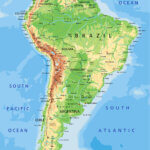

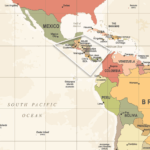


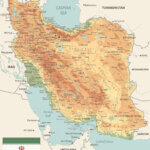





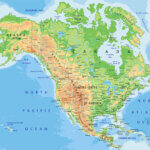





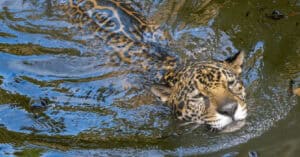
0 Comments